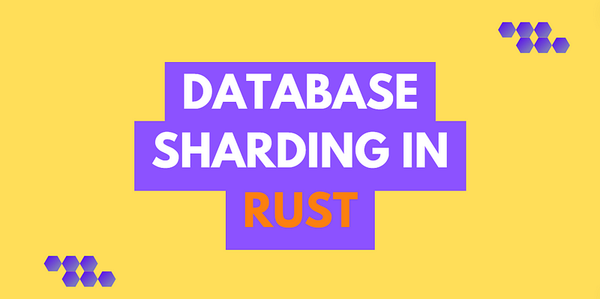
Database Sharding in Rust
Database sharding is a technique to scale out databases by breaking them into smaller, more manageable pieces called shards. It’s…

Database sharding is a technique to scale out databases by breaking them into smaller, more manageable pieces called shards. It’s…
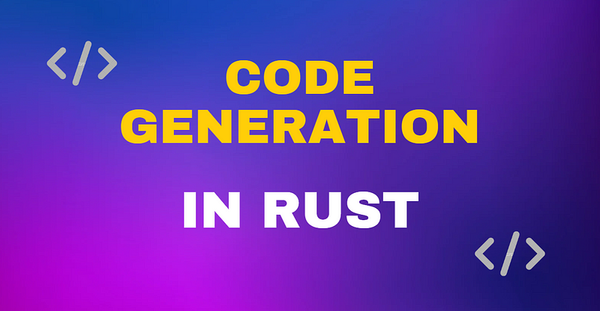
Hi there, fellow Rustaceans! 🦀

In this article, we will see how to build a basic yet efficient Least Recently Used (LRU) cache system in Rust, complete with an eviction…
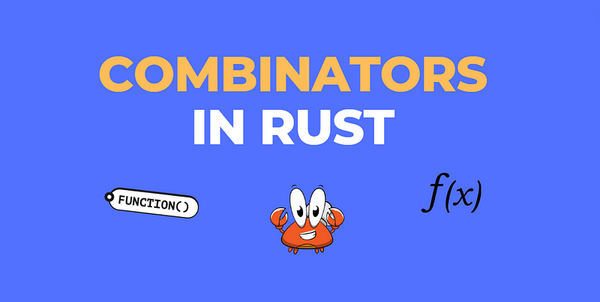
Combinators are higher-order functions that can combine or transform functions, enabling more abstract and concise code.
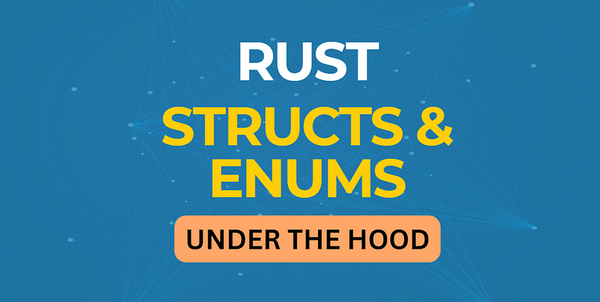
Understanding a bit about the inner mechanics and how structs and enums behave regarding memory allocation and performance provides deep…
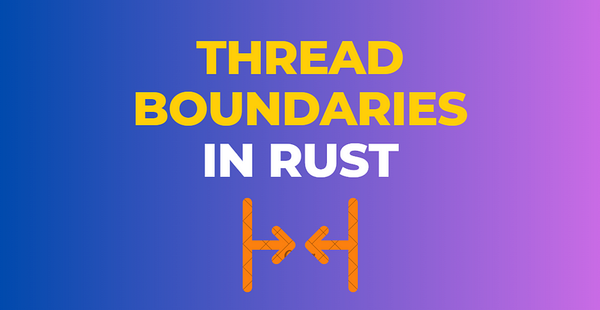
Hi, fellow Rustaceans! 🦀
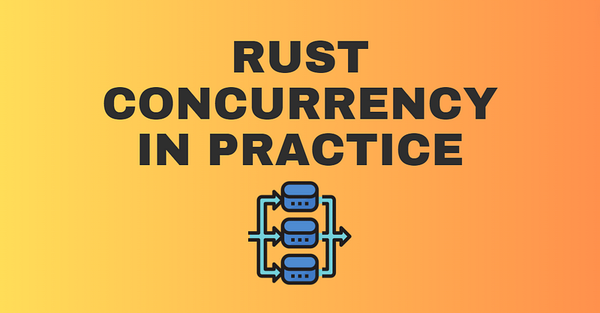
Concurrency in Rust is based on ownership, types, and borrowing principles, which help manage memory safety without a garbage collector.

Hello, fellow Rustaceans! 🦀

Linux Network Namespaces are a feature within the Linux kernel that allows for the isolation and virtualization of network resources. This…
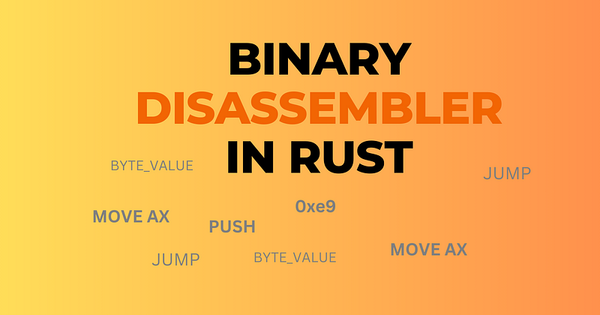
Disassemblers are tools that translate machine code back into assembly language, providing insights into the inner workings of compiled…
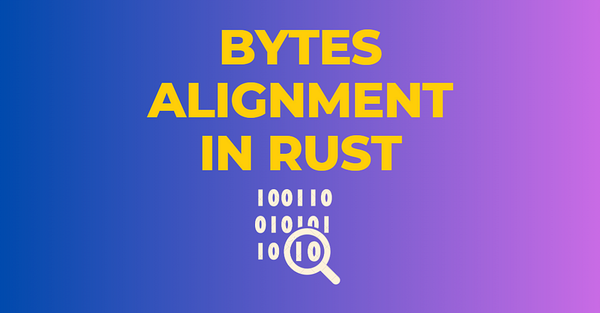
Byte alignment, also known as data alignment, refers to arranging the memory addresses of data structures so that they align with certain…
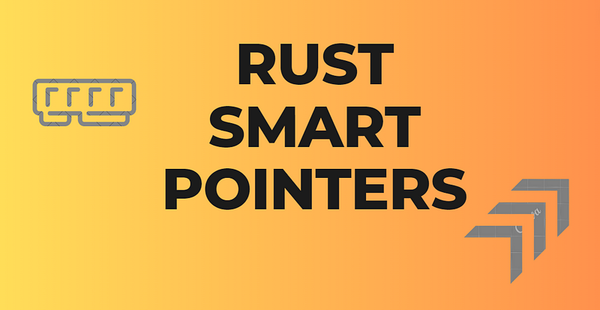
Rust introduces smart pointers as a powerful feature for memory management. Unlike traditional pointers in languages like C++, Rust’s smart…